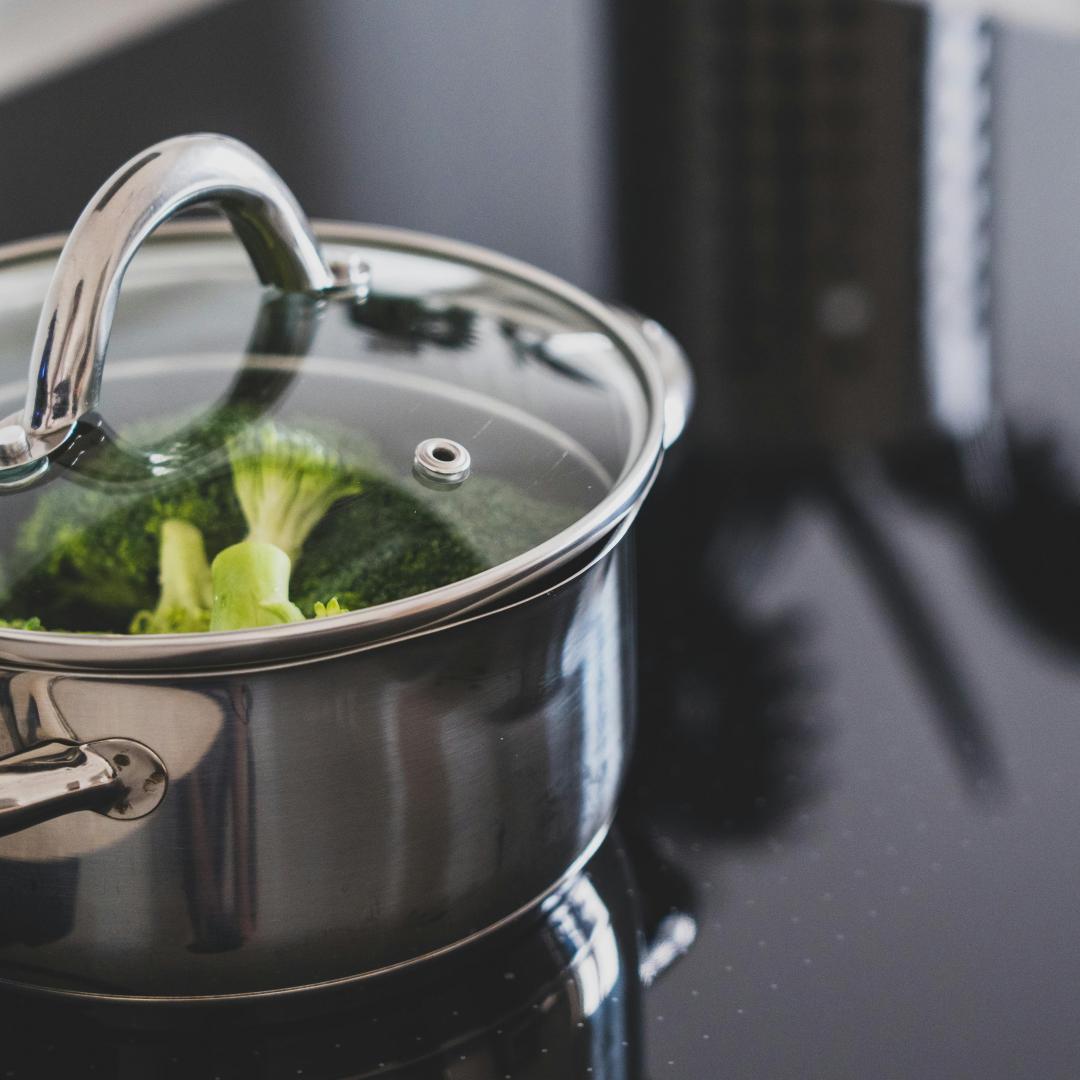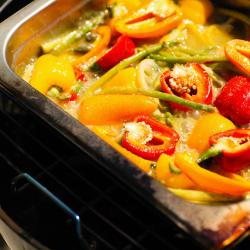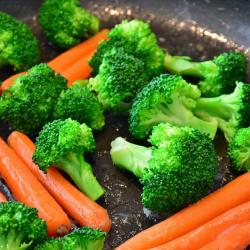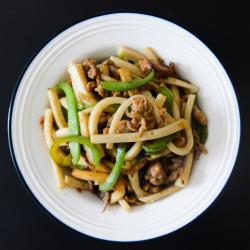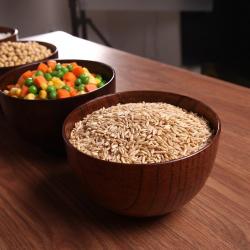Steaming vs. Boiling: Which Cooking Method is Best for Vegetables?
When it comes to preparing vegetables, health-conscious cooks often find themselves faced with a choice: steaming or boiling. Both methods involve the use of heat and water, but they differ significantly in technique, taste, texture, and nutritional retention. Understanding the merits of each can help you decide which is the best method for your culinary needs.
Nutritional Retention
One of the foremost considerations when choosing a cooking method is how it affects the nutritional value of the vegetables. Vegetables are a vital source of vitamins, minerals, and antioxidants, and preserving these nutrients during cooking is essential for maintaining their health benefits.
Steaming: Steaming is often touted as the superior method for nutrient retention. This gentle cooking process involves suspending vegetables above boiling water, allowing steam to permeate and cook the food. Studies have demonstrated that steaming can preserve water-soluble vitamins such as vitamin C and B vitamins better than boiling. This is because the vegetables do not come into direct contact with water, reducing the leaching of nutrients.
Boiling: Boiling involves submerging vegetables in water and cooking them at a high temperature. While this method is straightforward and quick, it can lead to significant nutrient loss. Water-soluble vitamins and minerals can leach out into the cooking water, especially if the vegetables are cooked for extended periods. However, the nutrient loss can be mitigated by using the cooking water in soups or sauces.
Texture and Flavor
The texture and flavor of vegetables can vary considerably depending on the method of cooking.
Steaming: Steaming tends to preserve the natural integrity of vegetables, resulting in a firm yet tender texture. Since the vegetables remain above the water, they do not become waterlogged, which helps them retain their natural flavors. This method also allows for nuanced flavors to shine through, as steaming does not introduce any additional flavors.
Boiling: Boiled vegetables can become soft or mushy, especially if overcooked. The direct contact with water can dilute their flavor. However, boiling can also enhance the flavor of some vegetables, like potatoes, by softening their starches. Adding herbs, spices, or flavored broth to the boiling water can impart additional flavors, which can be advantageous for certain recipes.
Cooking Time and Convenience
Both steaming and boiling have their advantages in terms of cooking time and convenience.
Steaming: Steaming typically requires a specialized steamer basket or steam tray, and may take a bit longer than boiling, depending on the setup and vegetable types. However, once you set up the steamer, it generally requires less attention during the cooking process. This method is also less likely to result in overcooking, as vegetables are cooked gently.
Boiling: One of the main advantages of boiling is its simplicity and speed. You only need a pot and water, and most vegetables cook quickly in a rolling boil. However, boiling requires more monitoring to prevent overcooking and to ensure the vegetables remain submerged.
Environmental and Energy Considerations
While both methods are relatively eco-friendly, steaming generally has a slight edge over boiling in terms of energy efficiency. Because steaming uses less water and can retain heat effectively with a lid, it often requires less energy to cook the food thoroughly.
Conclusion
Choosing between steaming and boiling ultimately depends on your priorities and preferences. If nutrient retention and preserving the natural flavor and texture of vegetables are paramount, steaming is the likely winner. For ease, speed, and the ability to infuse additional flavors, boiling may be the better option.
In many cases, the ideal approach may involve using a combination of both methods, depending on the type of vegetable and the desired outcome. Experimenting with both can expand your culinary repertoire and ensure that you enjoy vegetables at their best. Regardless of your choice, both methods offer a simple way to enjoy nutritious, delicious vegetables.
